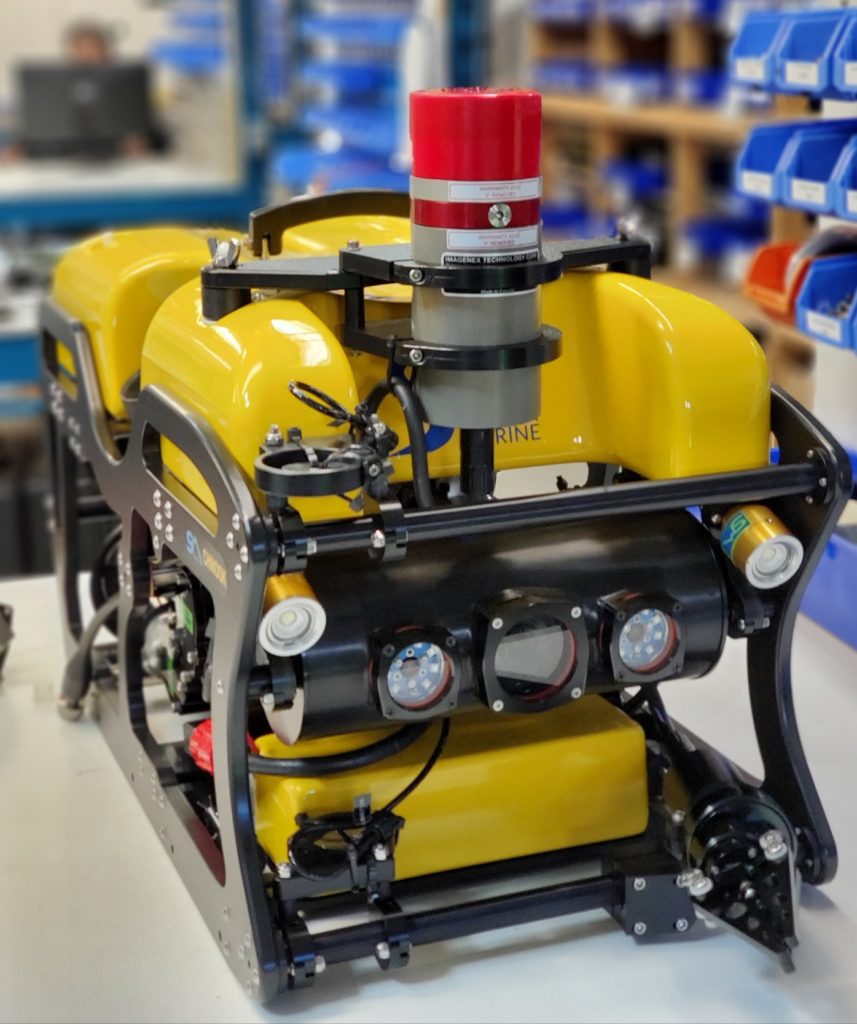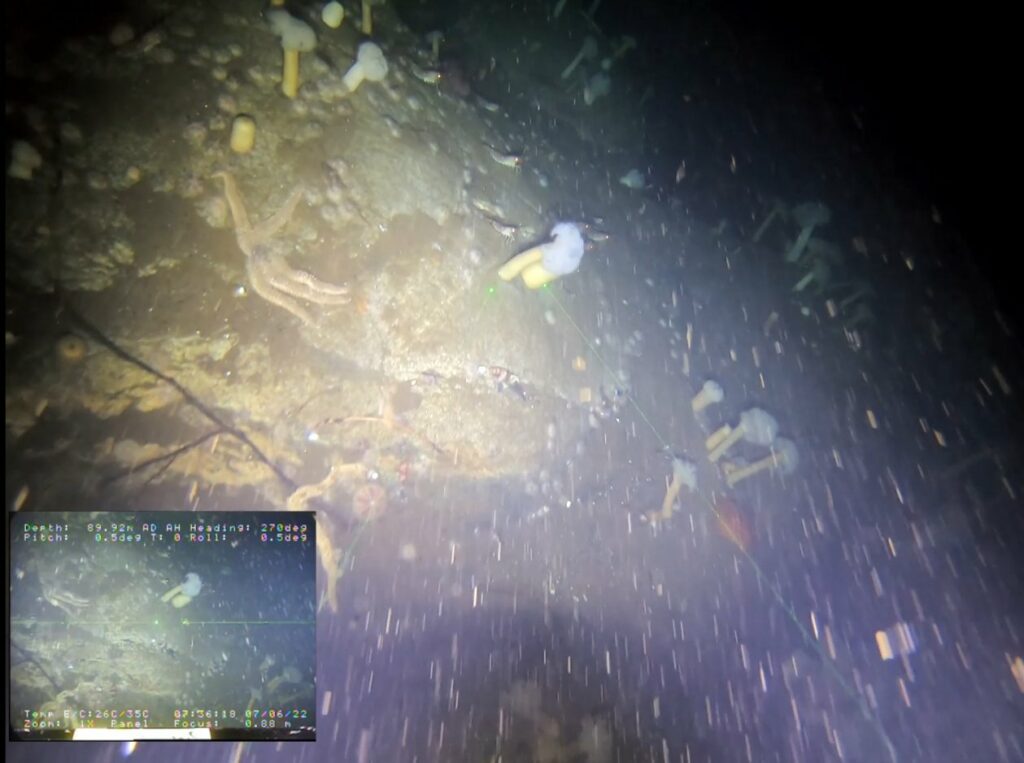ROVs, or remotely operated vehicles, are active in many fields of marine science such as biology and oceanography. They help study the ocean and the creatures that live in it. ROVs are in use for to complete many tasks. These tasks include underwater exploration, research, and monitoring of marine habitats and species.
The integration of ROVs in marine science
The earliest ROVs were developed in the 1960s and 1970s for military search and rescue. After that, they were first adapted for use in the oil and gas industry. However, marine scientists quickly adopted them for a variety of scientific applications. Early ROVs were relatively simple devices, imaging and video was their primary function. As technology has advanced, they became increasingly sophisticated and are now capable of performing a wide range of tasks. These tasks include sampling, mapping, and even physical manipulation of objects in the water.
SEAMOR ROVs in marine science
SEAMOR ROVs are designed to have a flexible payload. This means, they have the specific purpose to transport your research tools to where they need to be, safely. Each of our ROVs can be personalized for research needs. In other words, they can be adapted to specific sonars, sensors, cameras and other technology requirements of your research projects. A recent case study can provide you with an example of a benthic survey at peak biomass. For those interested in plastic pollution and its impact on the environment, our ROVs took a deep dive to recover ghost gear. Finally, the last example of SEAMOR ROVs in marine science check out this post on the protection of glass sponge reefs. They are an endangered, ancient and unique marine ecosystem.

Noteworthy history of ROVs in marine science
One of the most notable early uses of ROVs in marine biology was the discovery of deep-sea hydrothermal vents in the 1970s. The ROVs explored the deep ocean and studied the strange creatures that lived around the vents. Curiously, these vents were sustained by the hot, mineral-rich water that flowed out of them. As a result, these discoveries led to a revolution in our understanding of the deep ocean and the life that it supports.
Another memorable event was in 1986, when the Deep Rover ROV was used to find the wreck of the RMS Titanic. At that time it was the deepest known shipwreck.
ROVs have been used in a variety of oceanographic research, including mapping the seafloor and studying ocean currents, as well as in monitoring programs to study the health of coral reefs and other marine habitats. Additionally, they are also deployed to study a wide range of marine species, including whales, sharks, and various types of fish and invertebrates.
Bringing technology to the deep
In recent years, ROVs have become increasingly advanced, with new technologies such as autonomous navigation, 3D imaging, and advanced sensors. With these improvements, ROVs have become capable of carrying out more complex tasks. Furthermore, they are able to operate in deeper and more remote parts of the ocean. SEAMOR Chinook and Mako can dive up to 600m deep with the right tether.
It is already happening that new technologies such as artificial intelligence and machine learning become integrated into the systems to improve the capabilities even further. Making ROVs more intelligent will aid scientists with their data processing needs. SEAMOR is at the forefront of bringing new technology to the deep. Our ROVs are made with scientific research purposes in mind.
Overall, the development and application of ROVs has greatly expanded our understanding of the ocean and its inhabitants, and will continue to play a critical role in marine science in the future. Get in touch to chat about your research and how a SEAMOR ROV can help.

